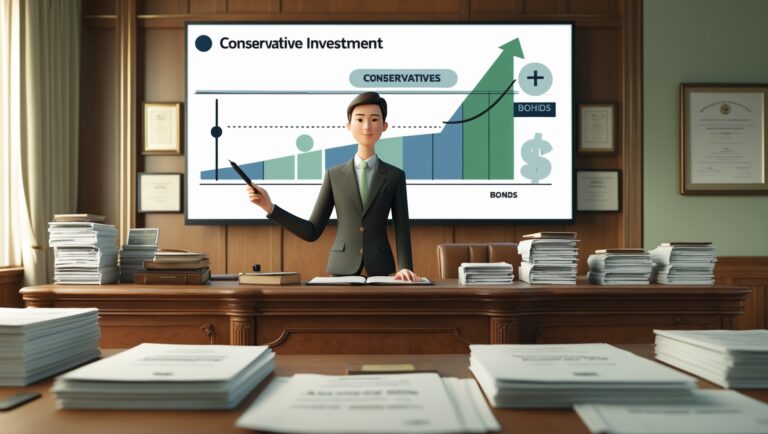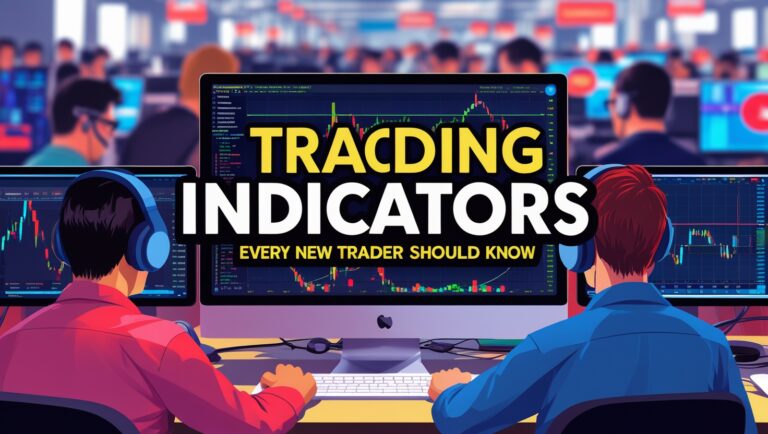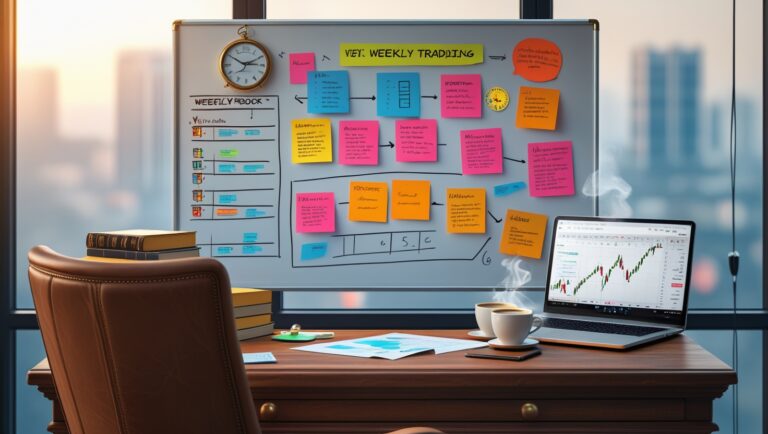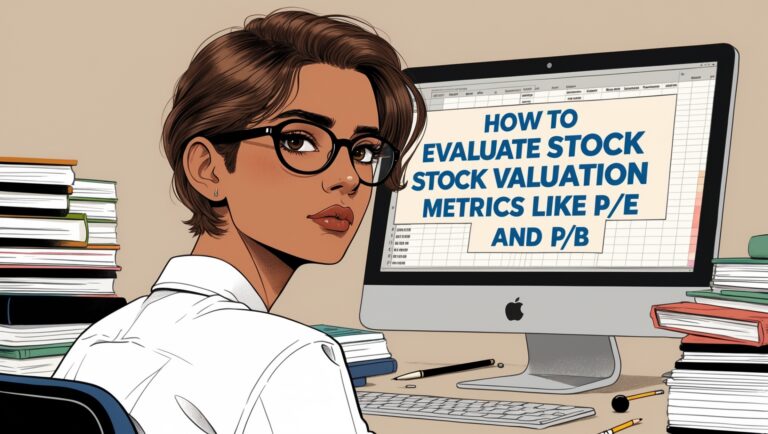What I Wish I Knew Before My First Year of Trading
What I Wish I Knew Before My First Year of Trading
If I could go back to my first year of trading, I wouldn’t change how hard I worked — but I’d definitely change what I focused on.
That first year was full of emotional highs, painful losses, late nights watching chart videos, and way too many indicators on my screen. I was trying to learn everything — fast. But what I really needed was clarity, not more complexity.
So here’s what I wish I knew before I ever placed my first trade — maybe it’ll save you from the same mistakes.

Table of Contents
1. You Don’t Need to Trade Every Day
One of my biggest mistakes was thinking I had to be active daily to be a real trader. I’d force trades just to feel productive — and I paid for it. What I didn’t understand was that some of the best trades come from waiting. Now I sit out if nothing looks clean.
2. Simplicity Wins
I started off thinking the more indicators I had, the better I’d be. In reality, it only made things more confusing. What I needed was a clean chart, a repeatable setup, and clear risk management. That’s what I trade with now — and it works.
3. Your Emotions Are Your Real Enemy
No one warned me that I’d be battling myself more than the market. FOMO, revenge trading, overconfidence — they all wrecked me. Learning to manage my emotions was more valuable than any technical pattern. That’s where real consistency started.
4. The Best Traders Don’t Look Busy
You might think pros are trading nonstop — but most of them are sitting on their hands, waiting for high-probability setups. They’re not clicking buttons all day. They’re watching, planning, and executing with precision when the time is right.
5. One Strategy Done Well Beats Ten You Don’t Understand
I jumped between strategies constantly — scalping, swing trading, options, news plays. I thought I was learning, but I was actually just spinning in circles. When I finally focused on one setup and studied it deeply, things clicked.
6. You Don’t Need Expensive Tools to Start
I wasted money on indicators and chat rooms I never used. What helped most was learning to read price action, watch volume, and build my own plan. You can start with free tools and still win — if you focus on building skill, not subscriptions.
7. Risk Management Is Everything
I ignored risk at first. I’d hold losers hoping they’d come back, or size up way too much on trades I barely understood. What I know now is simple: if you don’t respect risk, the market will teach you the hard way.
8. Your First Year Is About Survival, Not Profit
This one took time to accept. I wanted to make money right away. But the truth is, your first year is about learning, not earning. You’re building discipline, emotional control, and process — not chasing gains.
9. Journaling Helps More Than You Think
When I finally started tracking my trades, writing down my thoughts, and reviewing my patterns — everything improved. Awareness creates progress. You don’t need fancy software — just be honest with yourself on paper.
10. There’s No Shame in Starting Small
I used to feel behind because I didn’t have a $10K account. Now I know the skillset is what matters. Start small, trade clean, and let your consistency grow your capital. Size means nothing if you don’t know how to manage it.
Want a Shortcut to the Lessons That Took Me a Year?
If you’re new and trying to figure this out, I put everything I learned — the setups, the mindset, the process — into my ebook:
It’s the system I wish I had in year one. No fluff. Just the structure that helps me trade with clarity, without relying on signals or expensive software.
Final Thoughts
Your first year of trading will humble you. But if you focus on the right things — simplicity, patience, and discipline — it will also shape you into the kind of trader who can last.
Learn from my mistakes. You don’t need to rush. You just need to get real with yourself, put in the work, and stay focused on growth — not noise.
One thing I wish I knew sooner was that losses are part of the game. I used to take every red trade personally — like I had failed. Now I understand that even the best setups fail sometimes. What matters is how you manage them, not how you avoid them.
I also didn’t realize how important it is to protect mental capital, not just your money. Overtrading, stressing, and sitting in front of charts for 10 hours a day drains you. I learned to trade my plan and walk away. That clarity made me better.
I wasted a lot of energy looking for the perfect setup. What I know now is that trading isn’t about perfection — it’s about probability. My job is to take the trades that meet my criteria and manage them well. That’s it. The rest is out of my hands.
In my first year, I tried to copy other traders. Their size, their style, their setups. But every time I did, I lost. That’s because I hadn’t built my own system yet. What works for someone else might not fit your mindset or risk tolerance.
I also didn’t give myself enough credit for small wins. I thought if I wasn’t making $500+ per trade, it didn’t matter. Now I know that small, consistent gains add up — and they build the confidence that fuels bigger trades later on.
There were times I’d be green on the day, then give it all back trying to “make more.” That’s a discipline issue, not a strategy problem. Sometimes the best move is to stop while you’re ahead. It took me a long time to learn that.
One of my biggest blind spots was ignoring the broader market. I’d trade blindly without knowing if SPY or QQQ were trending. Now, I always check the market context first — because most stocks follow the overall direction, like it or not.
I also didn’t know how important it was to stick to one trading session. Jumping in during premarket, then again midday, and finally into the close — it wore me out. Now I focus only on the open. That’s where I’ve found the best setups and cleanest moves.
Another lesson: avoid hopping from platform to platform. In year one, I tried Robinhood, then Webull, then back again. The problem wasn’t the platform — it was me, lacking structure and patience. Stick with one and master it.
Nobody told me that burnout is real in trading. You think taking more trades will help you grow faster, but it usually leads to mental fatigue and emotional mistakes. Now I schedule breaks and treat this like a business, not a game.
Looking back, I was too focused on being “right” instead of being profitable. I’d argue with the chart, hold losers, and justify bad entries. Now? If the chart proves me wrong, I’m out. No ego. Just execution.
Lastly, I wish someone told me sooner that you don’t have to do this alone. Surrounding myself with other focused traders — not hype chasers — gave me perspective, accountability, and motivation. And now I pass that along through my content and ebook.
👉 Pay Your Bills with Stocks
If you’re serious about trading smarter, not harder — this is where to start.

Stay ahead in the stock market! Subscribe to our newsletter and receive exclusive stock flow reports, trading insights, and actionable tips directly in your inbox. Join thousands of traders who get our updates first.







